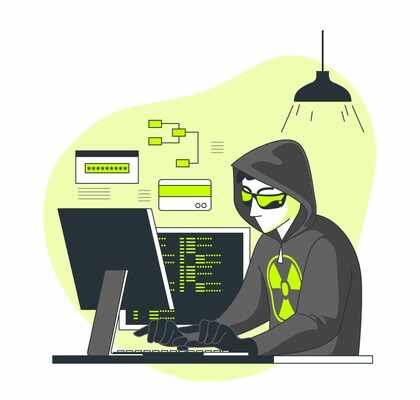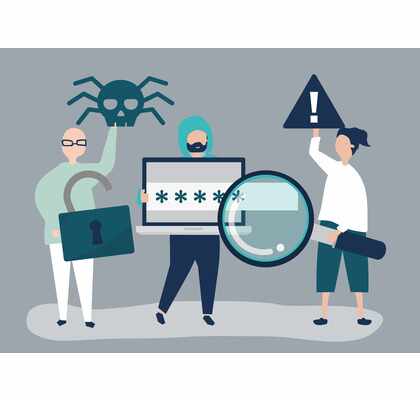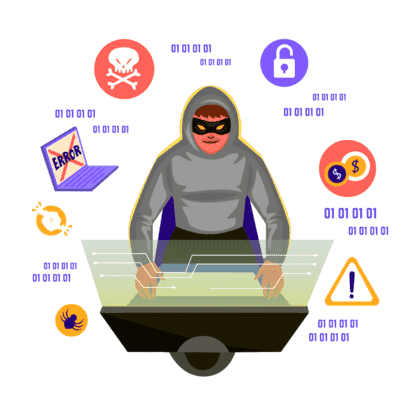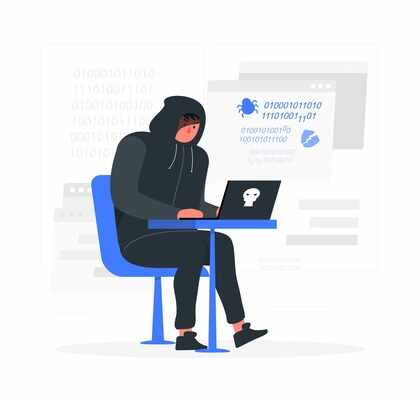The internet has brought about significant advancements in technology and connectivity, but it has also provided an avenue for cybercriminals to carry out illegal activities with relative anonymity. One such avenue is the dark web, a hidden part of the internet that requires specific software, configurations, and authorization to access.
While not all activities carried out on the dark web are illegal, it has become a haven for cybercriminals and hackers to conduct their activities, making it a significant threat to cybersecurity. In this blog post, we’ll explore the dark web, its threats to cybersecurity, and what you need to know to protect yourself and your business.
What is the Dark Web?
The dark web is a part of the internet that is not indexed by search engines and cannot be accessed through traditional web browsers. It is only accessible through specialized software such as Tor, which allows users to browse the internet anonymously.
The anonymity provided by the dark web has made it a hub for illegal activities such as drug trafficking, weapon sales, and money laundering. It has also become a marketplace for stolen personal and financial information, including credit card details, login credentials, and social security numbers.



Threats of the Dark Web to Cybersecurity
- Stolen Data: As mentioned earlier, the dark web is a marketplace for stolen data. Cybercriminals can sell personal and financial information to other cybercriminals who can use it to commit identity theft, financial fraud, and other crimes.
- Malware and Hacking Tools: The dark web is a platform where cybercriminals can buy and sell malware and hacking tools to conduct cyber-attacks.
- Illegal Activities: The dark web is a haven for illegal activities, including hacking, phishing, and ransomware attacks. Cybercriminals use the anonymity provided by the dark web to carry out these activities without being traced.
The dark web is not inherently bad, but it has become a haven for cybercriminals looking to profit from stolen data and other illegal activities.
– Michael Bruemmer
Protecting Yourself from the Dark Web Threats
- Use Two-Factor Authentication: Two-factor authentication adds an extra layer of security to your online accounts by requiring a code sent to your phone or email to access your account. This prevents cybercriminals from accessing your account even if they have your login credentials.
- Use Strong Passwords: Use strong, unique passwords for each of your online accounts and change them regularly. Password managers can help you create and store strong passwords securely.
- Regularly Monitor Your Financial Statements: Regularly check your financial statements for any unauthorized transactions and report them immediately to your financial institution.
- Keep Your Software Up-to-Date: Keep your computer and mobile device software up-to-date with the latest security updates and patches.

The dark web is a significant threat to cybersecurity, and everyone should take steps to protect themselves and their businesses from its threats. By taking simple steps such as using two-factor authentication, strong passwords, and regularly monitoring your financial statements, you can protect yourself from the threats posed by the dark web.





This is a useful post for finding broken links within the website, what about links pointing outwards that are broken? I can use a free web service but wondered if this was possible.
Great tool! I am using a redirect plugin to send all my 404’s to my home page but I think it’s slacking sometimes.